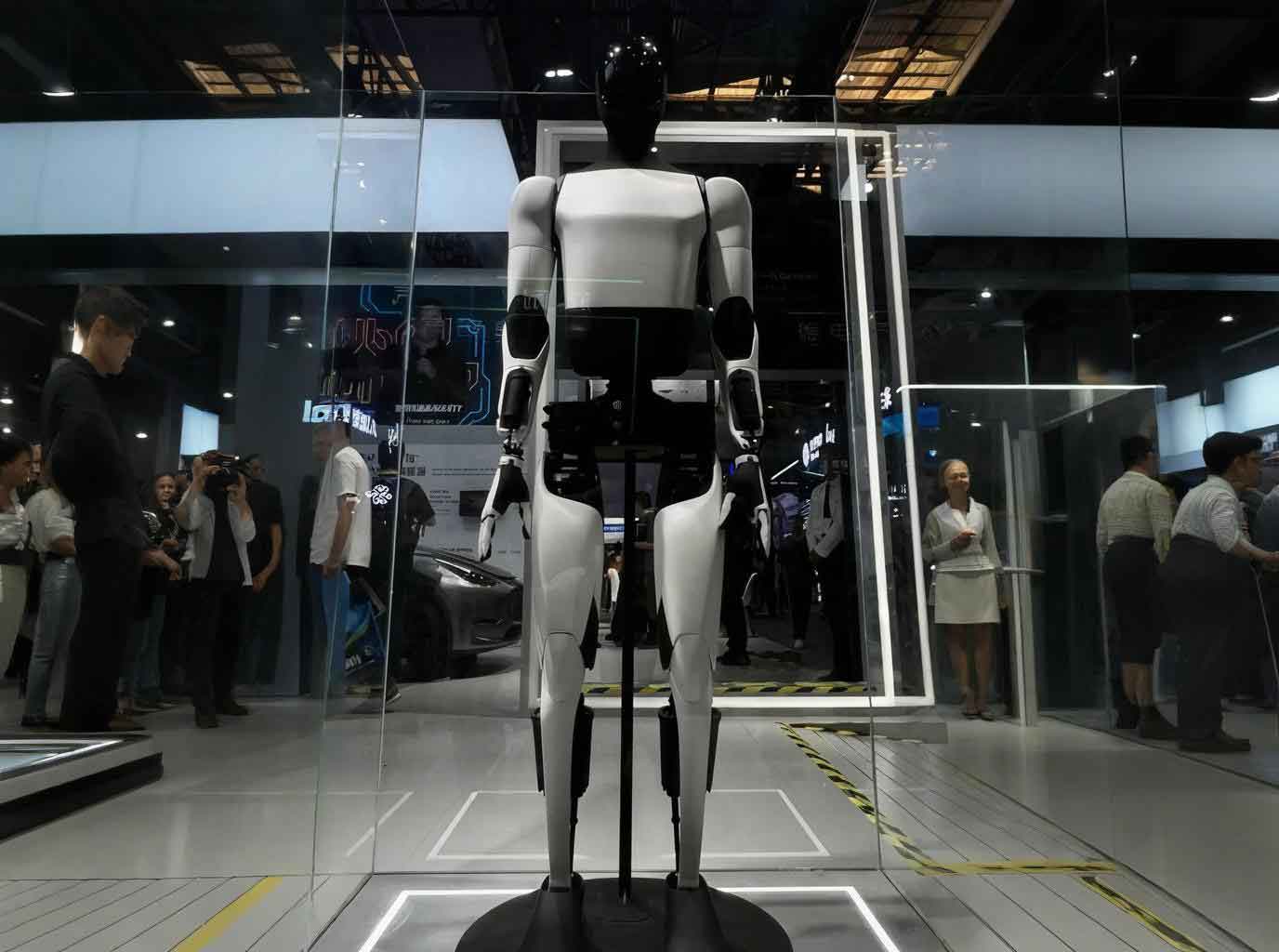May 12 marked a pivotal moment for Shenzhen’s embodied robotics industry as three major announcements signaled accelerated commercialization. Leading robotics enterprises announced strategic partnerships with tech giants, demonstrating significant progress in integrating artificial intelligence with physical automation. These developments highlight Shenzhen’s emergence as a global hub for embodied intelligence applications.

- Strategic Partnerships Signal Commercial Acceleration
Ubtech Robotics, China’s humanoid robotics pioneer, signed a comprehensive agreement with Huawei to co-develop smart factory solutions. This collaboration combines Ubtech’s full-stack humanoid robotics technology with Huawei’s Ascend processors, Kunpeng computing architecture, cloud services, and large-scale AI models. The partnership aims to accelerate the transition of humanoid embodied robots from laboratory prototypes to practical industrial applications.
Simultaneously, collaborative robotics leader Yuejiang Technology announced a strategic alliance with Tencent Cloud. This initiative focuses on merging cloud-based large models with robotic terminal systems to create integrated solutions for manufacturing, retail, and education sectors. The collaboration will leverage Tencent’s expertise in immersive interactive technologies and edge computing to enhance embodied robot capabilities.
Emerging robotics innovator Independent Variables Robotics disclosed completion of its Series A financing round exceeding hundreds of millions of yuan, exclusively led by Meituan Strategic Investment. The startup’s Great Wall series of embodied intelligence models demonstrate exceptional cross-task adaptability with minimal training requirements. Meituan’s investment reflects strategic alignment between embodied robotics and local service ecosystems.
- Tech Giants Expand Embodied Intelligence Footprint
The synchronized announcements reveal intensified competition among technology conglomerates in the embodied robotics domain. Tencent has systematically expanded its robotics portfolio since 2018, when it became Ubtech’s largest institutional shareholder through an $820 million Series C investment. The company recently participated in financing rounds for AgileX Robotics and cloud-based cleaning robot developer Narwal Robotics, while establishing partnerships with nearly 20 robotics enterprises in Guangdong province.
Huawei has accelerated its embodied intelligence initiatives through multiple channels. The company previously demonstrated humanoid robot capabilities through its Pangu embodied intelligence model integrated with Leju Kuafu robots. Huawei’s investment arm recently acquired stakes in embodied intelligence developer Qianxun AI, complementing the November 2024 launch of its Global Embodied Intelligence Innovation Center in Shenzhen.
Competitive expansion extends beyond Shenzhen, with Alibaba investing in boundary-pushing robotics firm Dynamicx Labs. Xiaomi established dedicated robotics operations in Beijing while leading funding rounds for automation specialist Weitai Robotics. JD.com has similarly increased activity in the embodied robotics sector, indicating industry-wide recognition of the technology’s transformative potential.
- Shenzhen’s Ecosystem Advantages Drive Robotics Innovation
Shenzhen’s embodied robotics enterprises attract significant investment due to three structural advantages. The city offers integrated manufacturing capabilities spanning precision components to complete robotic systems, coupled with breakthroughs in autonomous control algorithms and model development. This enables rapid prototyping and deployment across diverse scenarios including industrial facilities, retail environments, and educational institutions.
Development approaches prioritize practical implementation over theoretical exploration. Ubtech focuses on transitioning robots from laboratories to factories, while Yuejiang emphasizes hardware-software integration for scalable deployment. Independent Variables Robotics concentrates on end-to-end model capabilities, and Narwal Robotics specializes in environmental adaptation for home settings. This implementation-driven methodology aligns with tech companies’ objectives to extend digital capabilities into physical environments.
Government initiatives accelerate sector development through Shenzhen’s “AI Plus” action plan, which promotes deep integration between technological and industrial innovation. The municipal robotics development blueprint (2024-2030) targets industry output exceeding 300 billion yuan by 2025. Districts including Nanshan, Longhua, and Pingshan have established comprehensive robotics supply chains covering core components, complete systems, and application deployment.
“Shenzhen delivers tangible manufacturing results rather than theoretical concepts,” observed an industry investment analyst. “While AI models process information, Shenzhen transforms them into functional embodied robots. The future belongs to those who can convert artificial intelligence into physical products.” The city’s combination of engineering talent, efficient supply chains, and rapid iteration capabilities creates an optimal environment for embodied intelligence development.
These developments position embodied robotics as a transformative technology bridging digital intelligence and physical operations. With major enterprises establishing production footholds and technology leaders expanding investments, Shenzhen’s robotics ecosystem demonstrates how embodied intelligence applications transition from research concepts to commercial reality. The coordinated announcements underscore the city’s strategic importance in global robotics advancement and embodied intelligence implementation.
